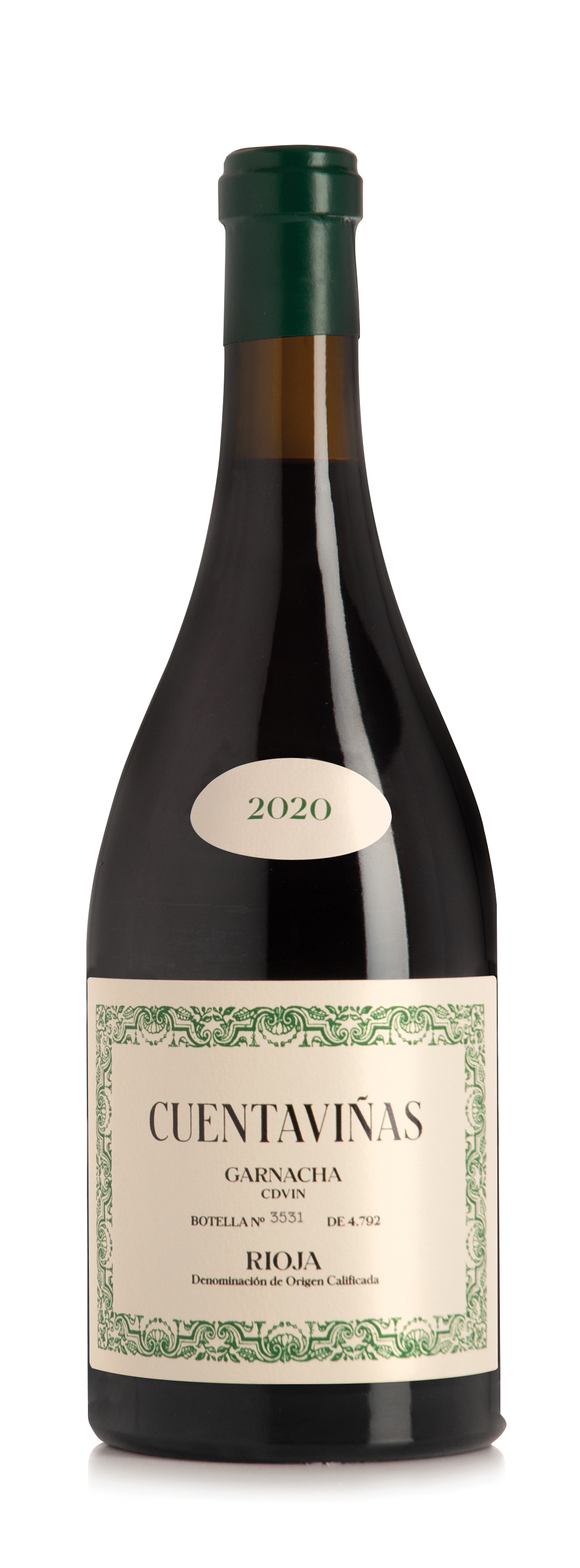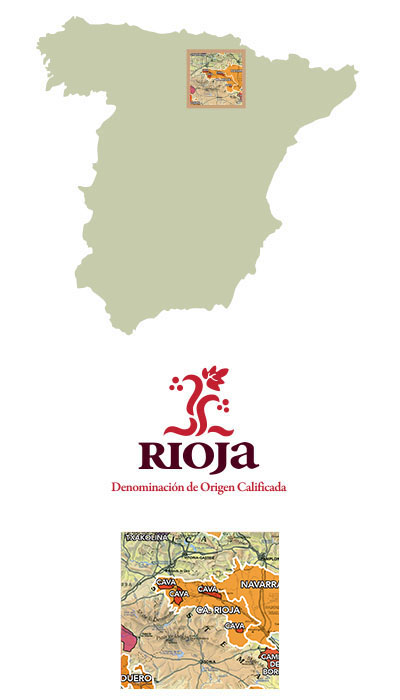Cuentaviñas
Cuentaviñas CDVIN Garnacha




Downloads
Bottleshot - 2019-Dunnuck-Shelftalker.pdf - 2019-Suckling-Top100Spain-Shelftalker.pdf - 2019-Suckling-review.pdf - 2019-Wine&Spirits-Shelftalker.pdf - 2019-WineEnthusiast-Shelftalker.pdf - 2020-Suckling-Shelftalker.pdf - 2021-Dunnuck-Shelftalker.pdf - 2022-JebDunnuck-Shelftalker.pdf - 2023-JamesSuckling-Shelftalker.pdf2023 Vintage
95pts

2023 Vintage
94pts

2022 Vintage
95pts

Denominacion de Origen
D.O.Ca. Rioja
Location
The cellar is located in Peciña, a small hamlet north of San Vicente de la Sonsierra on the border with Ábalos
Varietal
100% Garnacha
Vineyards
Centenary Garnacha vineyards planted in Cordovín and Badarán, located in the foothills of the Sierra de la Demanda, with a northern orientation
Year(s) Planted
1920-1930
Viticulture
Practicing organic traditional viticulture. Head trained, dry farmed, goblet vines. Due to the small size of the project, all viticultural duties including pruning, leaf pulling, plowing by horse, selecting cover crops, and digging soil pits are all carried out by Eduardo.
Soils
Iron rich, silty clay soils permeated by layers of solid calcium carbonates, or "yesos."
Climate
Continental with strong Atlantic influence and moderated by the Sierra Cantabria mountain range.
Winemaking
The grapes undergo rigorous double-manual sorting, both before and after destemming. The whole berries ferment spontaneously in 3,000L French oak vats, with very gentle extraction via pigeage. Total maceration lasts around 20 days. Gentle pressing in a vertical basket press. Late malolactic fermentation (May-June) in neutral 500L French puncheon.
Aging
14 months in 500L French puncheon and 3 months in bottle in an 18th-century underground cave. Due to the low temperatures and high humidity, the rate of oxidation is reduced allowing Eduardo to work with low levels of SO2.
Comments
In 2019 Eduardo banded together with a small group of young growers to farm together and bottle independently Garnacha based wines from the village of Cordovín in the Alta Najerilla valley, in the foothills of the Sierra de la Demanda. For decades, the centenary Garnacha vineyards planted in iron rich soils have been undervalued and almost exclusively used for the production of rosé.